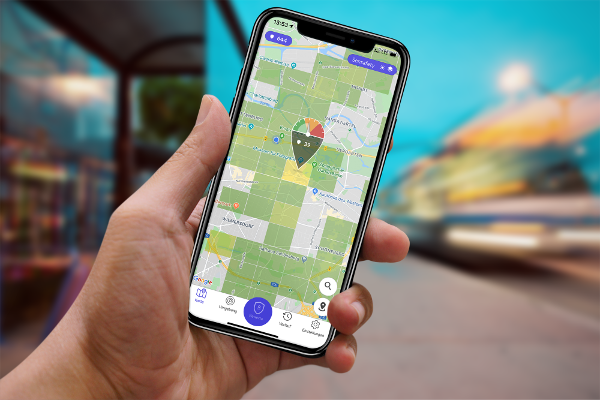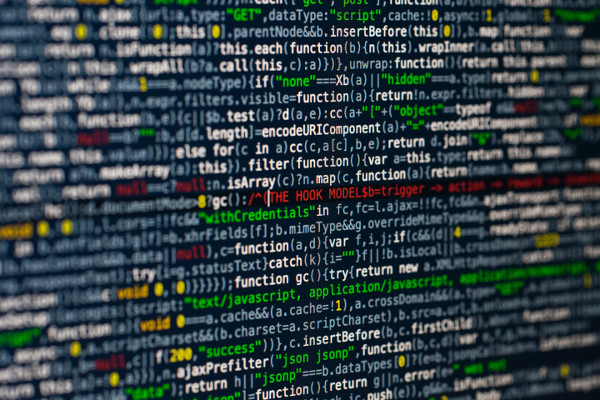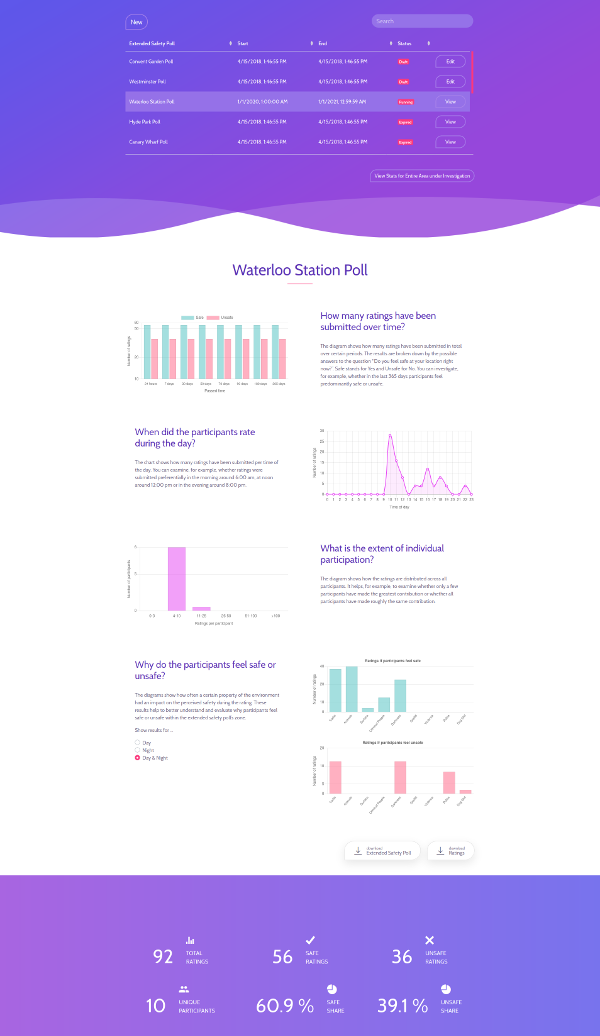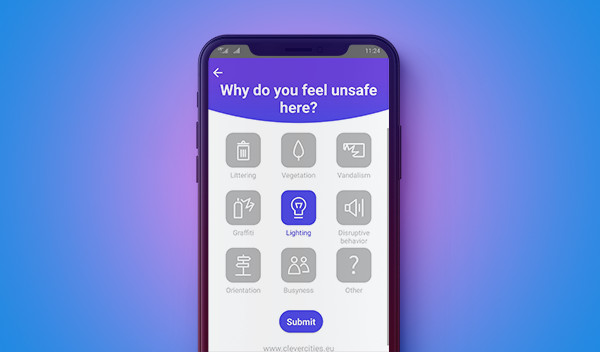Can I use Sensafety in my research project?
The collected data can significantly advance research in areas such as urban science, urban sociology and citizen participation. We therefore invite research groups from all over the world to become local research partners of the Sensafety initiative. A local research partner
gets access to the anonymized ratings of within a specific area of investigation. If desired, a local research partner is - in addition - able to set up arbitrary extended safety polls for the area of investigation. Giving the poll results more meaning.
To do so, local research partners are granted exclusive access to the Sensafety dashboard. It allows local research partners to view live statistics, download ratings and to manage extended safety polls for a particular area of investigation.
Examples of live statistics are the number of unique participants, the average number of ratings per participant or the temporal distribution of ratings over a day. All ratings for the area of investigation can be downloaded via the dashboard in raw format (JSON) for further analysis,. A rating encompasses the time a rating was submitted, the exact geographical position - with estimated accuracy - at which the rating was submitted, the rating itself and, if available, the results of an extended safety poll. Ratings are fully anonymized and do not contain any personal data or device identifiers.
With the Sensafety App, the perceived safety is captured by prompting the participant with a simple question: "Do you feel safe at your location right now?". For the answer, participants can only choose between Yes and No. To give the ratings more meaning, the safety poll can be extended by local research partners for a particular area of investigation. A customized extended safety poll is highly location-dependent and is only shown to participants within the local research partner's area of investigation. The extended safety poll asks the participants, in addition to the simple question, to select from a list of local factors that lead to the personal assessment, e.g. lighting or littering situation. Local research partners are free to decide which location-specific factors should be listed within a customized extended safety poll for their area of investigation.
Interested? Just contact us, tell us how you would like to use Sensafety in your research project and become a local research partner of the Sensafety initiative.









